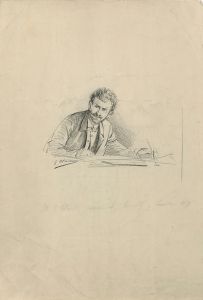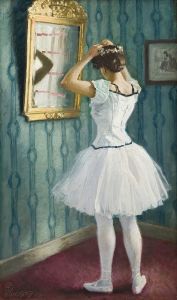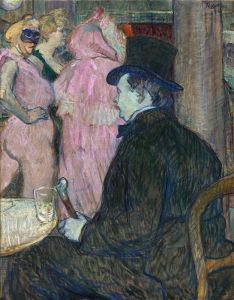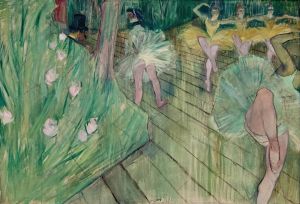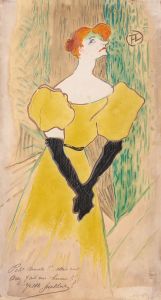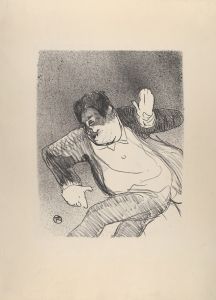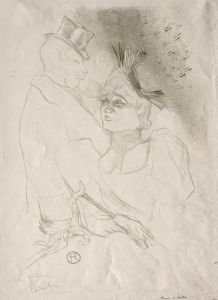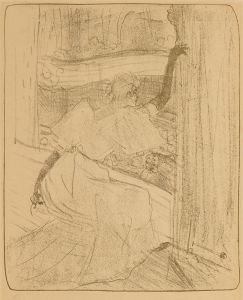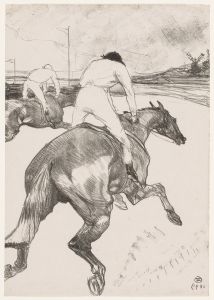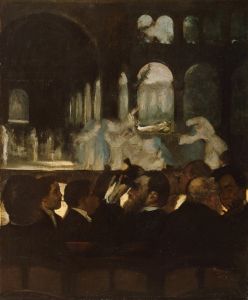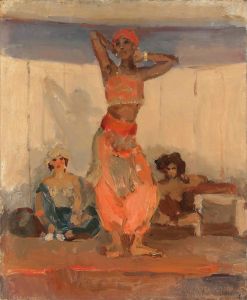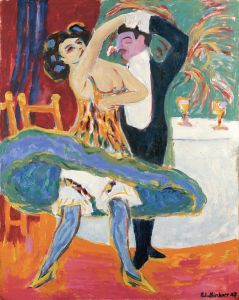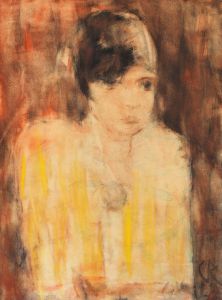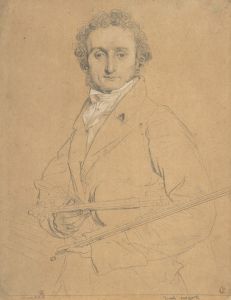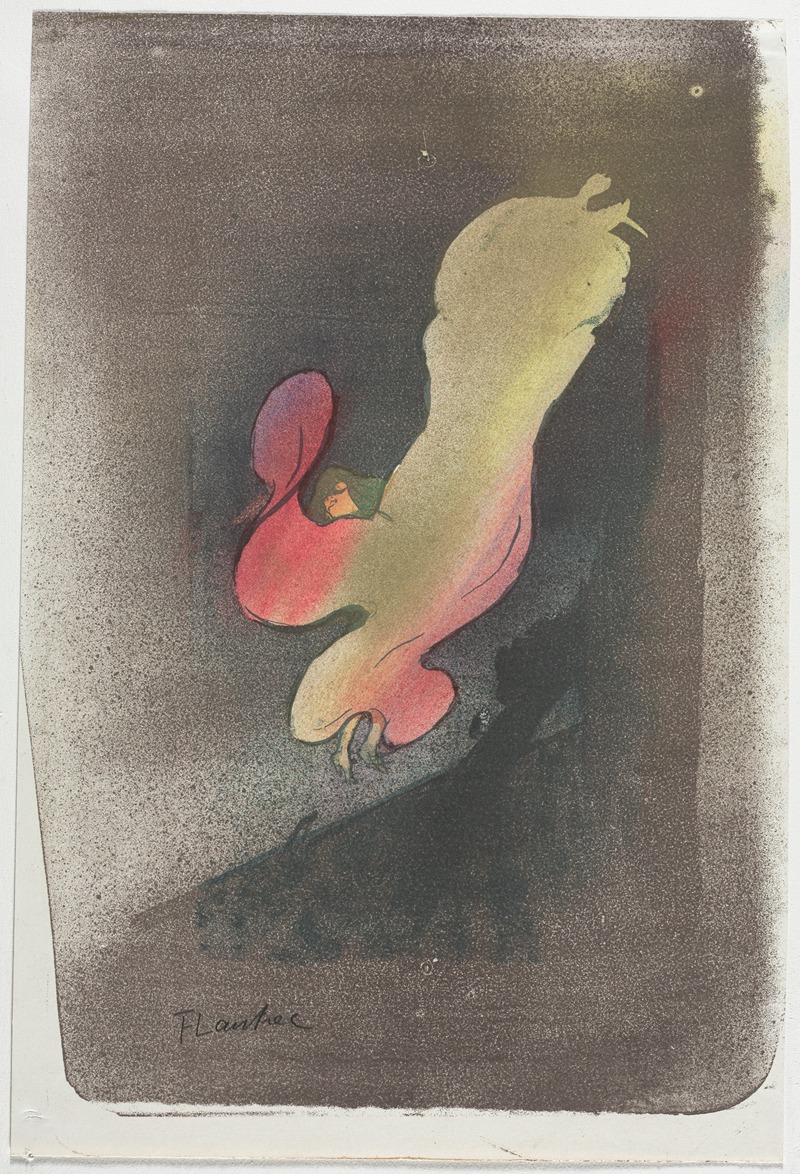
Miss Loïe Fuller
A hand-painted replica of Henri de Toulouse-Lautrec’s masterpiece Miss Loïe Fuller, meticulously crafted by professional artists to capture the true essence of the original. Each piece is created with museum-quality canvas and rare mineral pigments, carefully painted by experienced artists with delicate brushstrokes and rich, layered colors to perfectly recreate the texture of the original artwork. Unlike machine-printed reproductions, this hand-painted version brings the painting to life, infused with the artist’s emotions and skill in every stroke. Whether for personal collection or home decoration, it instantly elevates the artistic atmosphere of any space.
Henri de Toulouse-Lautrec, a prominent French painter, printmaker, and illustrator, is well-known for his depictions of the vibrant and often bohemian life of Paris in the late 19th century. One of his notable works is "Miss Loïe Fuller," which captures the essence of the American dancer Loïe Fuller, a pioneer of modern dance and theatrical lighting techniques.
Loïe Fuller, born Marie-Louise Fuller in 1862, was an innovative performer who gained fame in Paris during the Belle Époque. She was renowned for her unique style of dance, which incorporated voluminous silk costumes and dramatic lighting effects to create mesmerizing visual spectacles. Fuller's performances were characterized by her ability to transform herself into various shapes and forms, often resembling flowers or butterflies, through the manipulation of her flowing garments.
Toulouse-Lautrec's portrayal of Fuller is a testament to his fascination with the performers and nightlife of Montmartre, the artistic district of Paris. His work often focused on capturing the dynamic and ephemeral nature of performance, and "Miss Loïe Fuller" is no exception. The painting is believed to have been created around the late 1890s, a period when Fuller was at the height of her popularity in Paris.
In "Miss Loïe Fuller," Toulouse-Lautrec employs his characteristic style, marked by bold lines and a keen sense of movement, to depict Fuller in motion. The artwork captures the fluidity and grace of her dance, emphasizing the swirling motion of her costume. Toulouse-Lautrec's use of color and form in this piece highlights the ethereal quality of Fuller's performances, which were often described as hypnotic and otherworldly.
Toulouse-Lautrec's interest in Fuller's work was not only artistic but also personal. He was part of the avant-garde circles in Paris that celebrated innovation and creativity, and Fuller's groundbreaking approach to dance and stagecraft resonated with his own artistic sensibilities. The painting reflects this mutual admiration and the cultural exchange between artists and performers during this vibrant period in Parisian history.
"Miss Loïe Fuller" is an example of Toulouse-Lautrec's ability to capture the spirit of his subjects, offering a glimpse into the world of performance art at the turn of the century. His work provides valuable insight into the cultural milieu of the time, highlighting the intersections between art, entertainment, and modernity.
Today, Toulouse-Lautrec's paintings, including "Miss Loïe Fuller," are celebrated for their contribution to the development of modern art. His ability to convey movement and emotion through his distinctive style has left a lasting impact on the art world. The painting remains a significant piece in the study of both Toulouse-Lautrec's oeuvre and the history of performance art, illustrating the enduring legacy of Loïe Fuller's innovative spirit and the artistic vibrancy of late 19th-century Paris.





